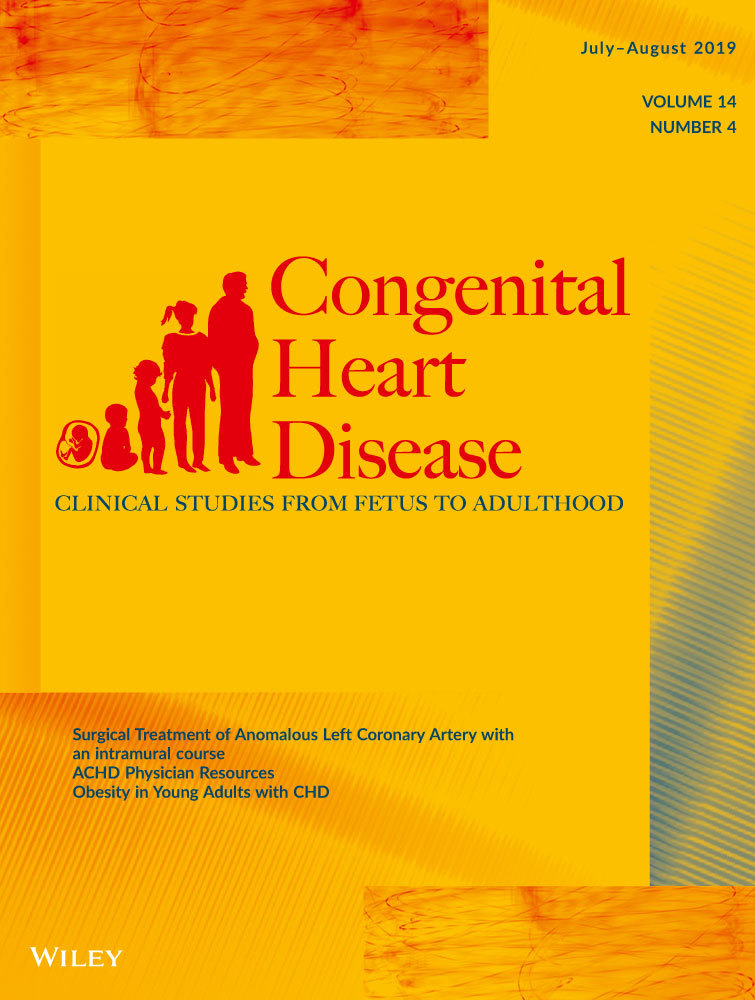Ductus arteriosus-associated infective endarteritis: Lessons from the past, future perspective
Abstract
Background
Since routine clinical use of antibiotics as well as surgical and catheter-based closure of a patent arterial duct (PDA), PDA-associated infective endarteritis (PDA-IE) is rare but can still occur when the ductus is still open or as it closes. Thus, clinicians should maintain a high index of concern for patients with unexplained fever.
Methods
We report on a PDA-IE in a young infant shortly after potentially delayed obliteration of a PDA. We discuss this case report by reviewing the literature in regard to the pathogenesis (infection primary or secondary to PDA thrombus formation), clinical (new heart murmur) and diagnostic findings (transthoracic echocardiography, total body MRI, laboratory findings), and clinical outcome during mid-term follow-up after successful antibiotic treatment.
Results
A 7-week-old term infant with Staphylococcus aureus sepsis and a new heart murmur was diagnosed with PDA-IE by transthoracic echocardiography at the pulmonary artery end of an obliterated PDA. Broad diagnostic workup excluded other reasons for sepsis. After 4 weeks of antibiotic treatment the vegetation reduced in size and the infant recovered completely. A review of all cases of PDA-IE (in pediatric and adult patients) previously published was performed.
Conclusion
Nowadays, a PDA-IE is an extremely rare, but still life-threating condition that may even affect patients with a nonpatent ductus arteriosus shortly after its obliteration and should be considered as infective complication in preterms, neonates, and small infants. Therefore, in septic neonates with bacteremia, transthoracic echocardiography may be integrated in the diagnostic workup, especially by fever without source and clinical signs of IE such as a new heart murmur.
CONFLICT OF INTEREST
All authors have no potential conflicts of interest to disclose.




